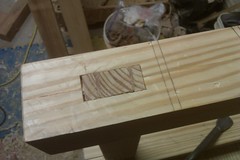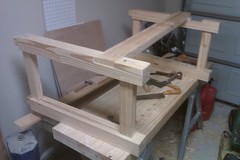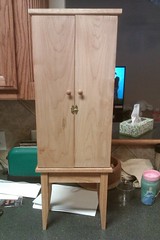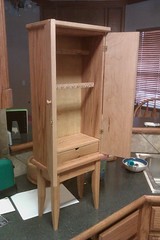a fairly simple process but turning pens starts with your choice of wood. For this pen I chose maple. I have plenty of these blocks of scrap maple.
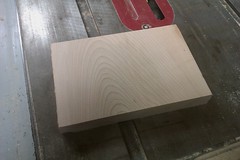
You then cut the maple into square blanks. these are actually a bit larger than they need to be. usually you will make blanks of 3/4 inches by 3/4 inches these are 1 inch square. they are also about 6 inches long
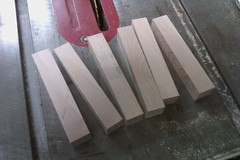
you then cut the blanks to fit the brass tube to be fitted later
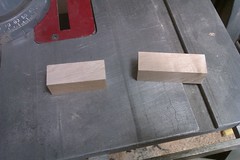
next step is to mark the center and drill out for the brass tube to be inserted.

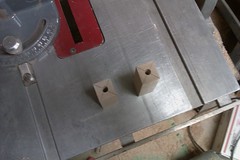
then I used a forsner bit to flush the wood to where the tube is inside the blank. I have also used a sanding wheel to flush them as well. they make a tool that flushes them up and cleans the inside of the tube but for now that is not what I am doing.
I then mounted the blanks on my lathe with the pen mandrel mounted.
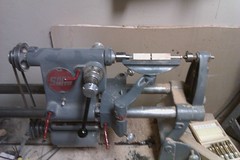
then with a roughing gouge I turned them round.
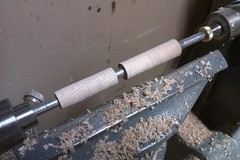
these are as they looked before sanding bringing them down to the bushings in which match the level of the hardware you install the blanks on.
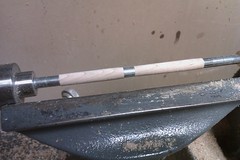
I am thinking I will make this part one since I dont have pictures of where I finished the pen.
